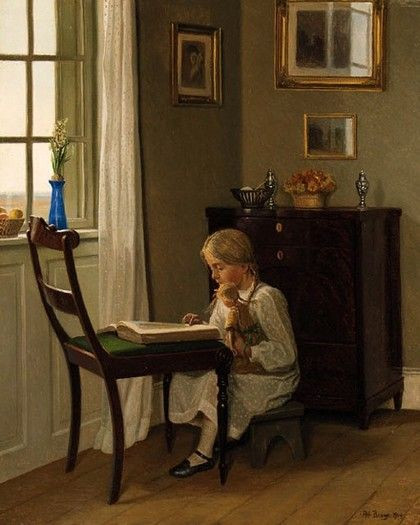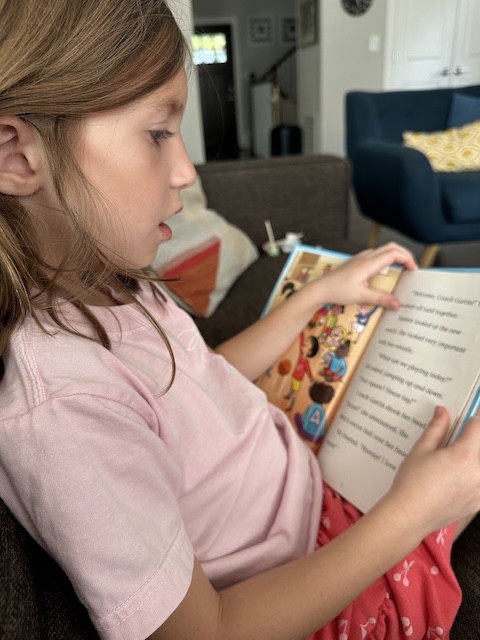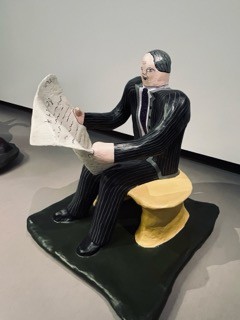Teacher question:
What are your thoughts about writing in Kindergarten? Is there a scientifically-researched instructional methodology that we should implement. We’ve been trying to embed writing opportunities within the literacy block related to the whole group listening comprehension text. Should students draw in relation to the prompt or question and then label, dictate, and/or write? Should teachers model phonetic spelling of words or the correct spelling? Any help would be appreciated.
Shanahan response:
Last week I provided a partial answer to this question. My response emphasized the importance of kindergarten writing and the value of kindergarten teachers facilitating and teaching writing. I suggested amounts of time to devote to beginning writing instruction and where it fits in the language arts curriculum. I also argued for the use of oral composition—with the teacher taking dictation from the kids—as a good starting point, and that it was important to create a classroom environment that encouraged kids to write, to pretend to write, and to use and play with writing.
This week I want to go a bit further.
Once you have kids writing—not just scribbling on a page or drawing pictures, but really trying to write messages using letters (albeit with invented spellings), then things get really interesting.
Printing Instruction
Many children are willing and able to write with almost no tuition in printing. They are able to copy letters easily, and while those letters might be a bit shaky or misshapen you can easily discern which letters are being represented.
However, there are also children who are much tougher self-critics, and much less certain about following models and the like. Studies show that kids generally will write more and better if they are provided with some explicit instruction in forming letters and words. I’m not suggesting waiting until kids can form letters perfectly before getting them to compose, but certainly a portion of the writing time could profitably be devoted to showing kids how to form letters and giving them practice with this skill. It is not uncommon in kindergarten classrooms that a child will perseverate over the writing of a single sentence for a long time. Printing instruction and practice can reduce this frustration and can move things along a bit.
The outcome of such practice should not only be that their printing quality improves (though that should certainly be the case), but that they write more and their compositions improve, too.
Role of Drawing
Unlike most older kids, kindergartners tend to use drawing less to illustrate what they are writing and more to figure out what they want to write about. A 7-year-old might write a story about going for a bike ride with Mom, and then will draw a picture of two people riding bikes. While the 5-year-old will draw pictures before hitting on the idea that he/she wants to write a story about a bike ride.
I often guide kindergartners in this process. First, I’ll have all the boys and girls drawing a picture of something (their choice), and then I talk to them about turning pictures into stories.
I’ll have each child present his or her picture to the class, explaining what it is and why he/she drew that. Then we—the boys and girls and I—will ask questions about the picture to try to find the story. So, if Junior has drawn a picture of a bike and explained that he drew that because he is getting one for his birthday, then we might ask questions like: Who is giving you a bicycle? What will you do with your bike when you get it? Who will you ride with? Where will you go? What do you like about riding bikes?
Once everyone has a chance to think about their drawing in that way, I have the children write their stories. Over time, kids get better with this process and it goes faster (and at some point, you don’t even need the pictures).
Spelling
I’ve never been real big fan of explicit beginning spelling instruction. My reason is that I believe that when young children try to write they have to think hard about phonemes (the sounds of the letters) and they need to think hard about which letters represent which sounds. In other words, their writing practice helps them to practice their phonemic awareness and phonics in ways that both directly improves their reading achievement, but also in ways that reveal to the teacher what they know (and don’t know) about letters and sounds (which should shape subsequent teaching).
However, for some kids spelling instruction operates like the printing instruction noted above—it gives kids some come confidence that they are doing it right. There are various ways that young children’s spelling can be addressed effectively.
Initially, I’m going to encourage children to write words the way they think they should be written. And, I’ll show them how I use the sounds to figure out the letters to include.
Sometimes, if there is a class writing assignment, say we’re writing thank you letters to the fire department for bringing a firetruck to school for us to see, then I might start the assignment by asking boys and girls to tell me words that they think they will need to write their papers. The words they provide will then be written on the white board… ladder, hose, firemen, truck, thank you, helmet, coat… They then have those words spelled for them (they just have to figure out which is which and copy them into their paper). That can help some kids to get going.
I noted last week the importance of teaching phonological awareness and phonics to children and that instruction clearly plays a role here. I would start to include some spelling work in these lessons, having students not only trying to read words and nonsense words, but trying to spell them too (staying to the simplest and easiest to learn patterns initially, like regular CVCs, and not very many new words per week).
Peer Support
Last week I said the research on beginning writing was pretty limited. But there are studies on the value of invented spelling, spelling instruction, print instruction, as well as on the importance of peer support in early writing.
I noted earlier how I involve children in questioning each other about their pictures to help the drawers to find a story in the pictures. And, it is just as important to involve the other children in responding to writing.
Boys and girls write more and write better when they are giving regular opportunities to share their writings with each other. Children are motivated by their peers’ interest. Children gain ideas from each other, ideas that they, too, can write about. Children perform for others—they like writing not just to write but because other people will be interested.
When I start children out on writing, I often start only with a few kids. But that changes quickly as soon as I make a big deal out of those first writings… posting them by my desk or reading them to the class or pointing out what a great thing little Maria or Fredrico did for me… all of sudden all the 5-year-olds want paper to write with, too.
Part of the writing instruction time should be devoted to sharing and talking about (and praising) the children’s writing.
Text Structure
A big part of kindergarten writing is just getting the ideas on paper. However, there can be some useful shaping of these ideas into communicative forms. What I’m talking about is encouraging young children to structure their texts in particular ways.
For example, I taught my own children to write stories initially using story maps. We talked about how stories start out (introducing a character in a time and place), and about characters facing some kind of problem (e.g., Little Red Riding Hood is trying to take a picnic basket to her grandmother’s house, and Hansel & Gretel are trying to not get left alone in the woods).
The characters take some kinds of actions to try to solve their problems, and then the story ends with everyone happy or somebody punished and so on.
They would then try to write stories in which the characters had problems and tried to solve the problems, etc.
The same kind of thing can be done with writing opinion pieces about books that are read. Perhaps you can provide kids with a structural template like this one:
I read _____.
It was about______.
I liked (didn’t like it) because_______.
My favorite (The worst) part was_____.
This book would be good for ________ because ________.
Something similar could be done to guide students to summarize science content or art activities.
Revision
This will shock some of the writing honchos who encourage lots of writing revision to improve writing quality, and revision definitely has a place in writing instruction. However, I rarely devote much time to it in Kindergarten or Grade 1.
The reason for this is that I think, initially, it is most important to build writing fluency than some kind of high level communicative competency. Revision is a way of shaping language and ideas into more powerful and communicative forms. But it assumes that there is enough language and ideas to shape.
It is not uncommon that a five-year-old who is just starting with writing to write a single sentence: “I have a baby brother.” (No, it would not be spelled like that and that composition might have taken considerable time and tired the writers little fingers considerably). Instead of spending a lot of time trying to rewrite this piece, I would suggest devoting the time to building up this child’s ability to write more and more; to get more ideas on the paper in a shorter amount of time and with less arduous effort. I would hope by the close of the year, that all of your kindergartners could write several sentences on a topic. The major emphasis of our very limited revision efforts would be on "adding," that is adding more information. (What is your baby brother's name? How old is he? Do you like him? Do you help your mom with him? How?)
That doesn’t mean that we would never revise, but revision would be limited to those occasions when it matters. (My earlier example in which the children were drafting thank you notes to the firemen might require a bit of polishing and recopying since those are to be shared socially outside the classroom.)
Goals
By the end of kindergarten children should be able to write several sentences with ease (in other words, this should take inordinate amounts of time or should not require a great deal of adult intervention to elicit the writing) on a topic that they have studied, a book that they have read, or an experience that they have had. They should be able to use the letters and sounds to spell the words in ways that allow others to read the text, including spelling some of the words correctly—such as words with simple and consistent sound-symbol relations or those words that were taught specifically. They should be able to form the letters and words in a manner that is readable by others.
Useful Resources
The Beginnings of Writing by Charles Temple and Ruth Nathan
Breakthrough in Beginning Reading and Writing by Richard Gentry
Teaching the Youngest Writers by Marcia Freeman







Comments
See what others have to say about this topic.